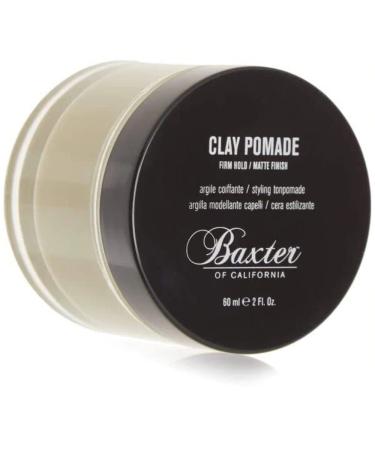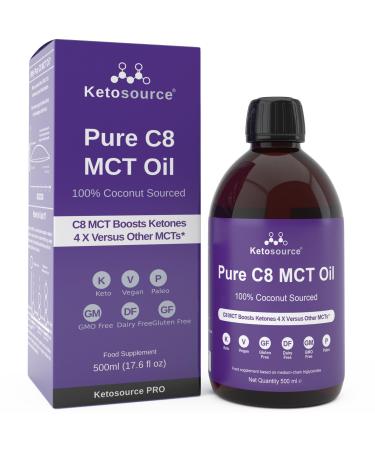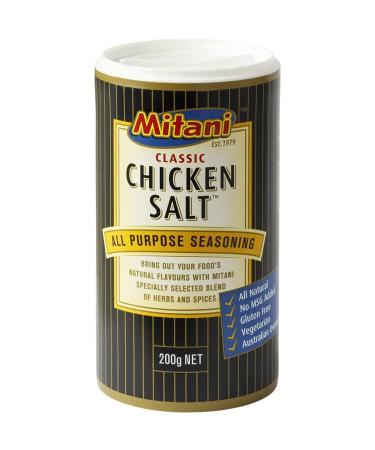Features
Taste:This blend, initially perceived as soft due to the influence of Ethiopian beans, is balanced by the body and wine-like acidity of Honduran beans. With a clean finish, it leaves no trace in the throat, but invites a second sip with the impression it leaves on the palate.
Blending in coffee is a very delicate matter. Unfortunately, this method, used solely for cost reasons by many businesses, has led to misperceptions in the industry, with coffees created by prioritizing flavor. Single-origin and specialty coffees are the best method for creating a breadth of flavor and palate.
Over time, as the palate develops, it becomes apparent that some coffees' distinct and beautiful flavors are either too abundant or not fully present. This creates a need to emphasize these flavors and or, if present, suppress them with a harmonious flavor. Successfully creating this and turning it into a commercial product requires both flavor competence and ample inventory.
In creating this coffee, we were inspired by Ravello, one of Italy's magnificent towns. It's a town with a captivating landscape where mountains and sea intertwine, rising from the sea to the clouds. Just like in this blend, the extraordinary beauty created when seemingly disparate elements come together. In the Ravello Blend, we brought together seemingly disparate tasting notes to create a delicious balance, and we did this with 0 Arabica beans. Who knows, maybe it will even remind you of an espresso you've tasted in Italy.
More Information
The coffee industry has long been influenced by over-roasted coffees. It's even been perceived that darker roasts contain more caffeine. It's been said that strong coffee invigorates, but the term "strong" is often associated with dark roasts. However, the amount of caffeine in coffee decreases as the roasting temperature increases, due to the carbonation. Many blends that claim to offer high caffeine levels achieve this high level with Robusta beans. Robusta beans contain higher caffeine than arabica beans, but lag behind them in terms of flavor and variety. The use of Robusta in a blend is a highly sensitive issue and shouldn't be driven solely by cost. If Robusta is used, it should be of a quality that matches the flavor of the blend and adds value.
We didn't use Robusta beans in this blend, and we strived to create a flavor that won't upset your stomach but will stimulate and even awaken you, stimulating you to want a second cup.
African beans include natural Typica variations, as well as Bourbon-derived beans planted during the reigns of France, Germany, and Belgium. Ethiopia, the homeland of coffee, is a haven for Typica mutations. Ethiopian beans, home to over 1,000 subvarieties of the Typica species, are generally distinguished by their floral aromas, citrus flavors, and high acidity.
Latin American beans, on the other hand, are generally Bourbon mutations. Combined with the region's ecological structure and climate, we encounter a tasting list where chocolate flavors are strongly felt. This isn't unusual, considering that coffee is a plant that absorbs the notes of the plants growing around it, and that Latin America is also a leader in cocoa cultivation. However, each Latin American country has its own farming methods, climate, ecological structure, and environmental conditions, allowing for hundreds of different flavor combinations of this chocolate flavor.
The nutty and dark fruit flavors that accompany the chocolate flavor typically found in Honduran beans are the highlights. Their wine-like acidity, in particular, can create quite nice combinations as an acidity balancer in blends.
In this blend, we strived to balance the high acidity of Ethiopian coffees with the low, wine-like acidity of Honduran beans. Our main goal was to combine the right proportions of milk chocolate, caramel, and the floral flavors that support them.













